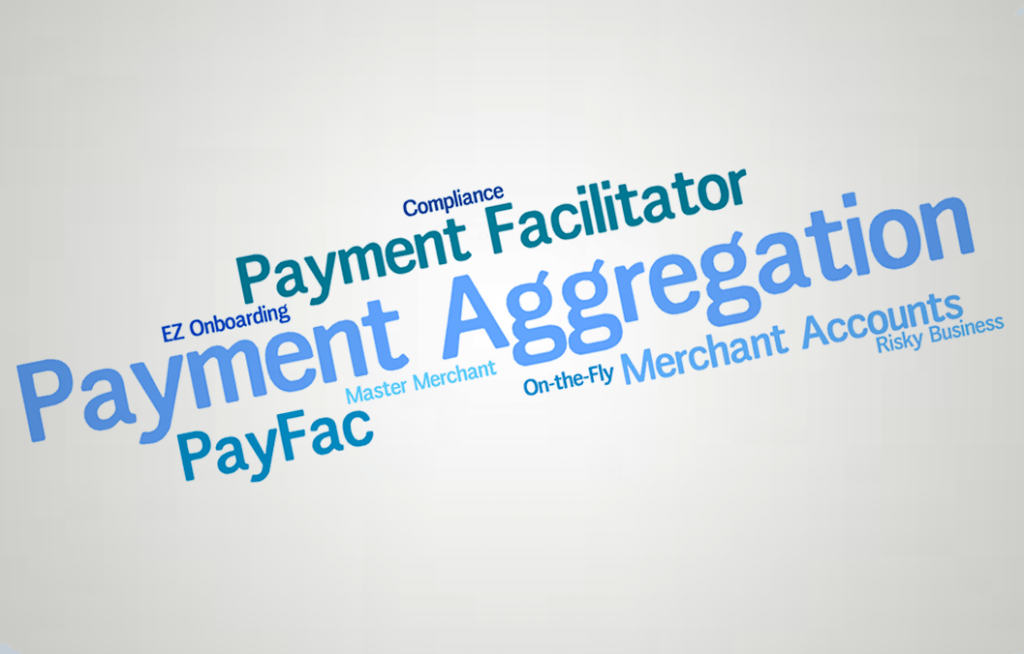So you want to be a PayFac? The 1 question you must answer
We get regular inquiries from SaaS platforms and start ups about becoming a PayFac or Payment Facilitator.
For most the benefits of quick, frictionless payment onboarding is the primary reason they are looking at the PayFac business model for their SaaS offering.
As the Payment Facilitator they can embed a payment solution into their core product offering and make signing up to use the payments component very simple. In most cases that means less than an hour between the simple application and the ability to accept payments.
Coupled with the opportunity to generate a new revenue stream from their client’s transaction fees, the PayFac model is very compelling.
There are two options:
1-Full fledged PayFac: In this model your business owns the entire payments ecosystem. You handle payments, payouts, chargebacks [payment disputes], customer inquiries about payments and more. Typical start up costs exceed 100k, integration may take 6 months and you will have to devote staff to compliance, risk mitigation and more.
2-Hybrid PayFac: In essence you are a sub PayFac meaning you are working with a full fledged Payment Facilitator. You have input into how your sub merchants get paid, what pricing will be and more. There is typically help from your PayFac partner with compliance, risk mitigation and more. Your up front costs are typically just your dev time. As the Hybrid PayFac model is a relatively new offering the development is typically much simpler [via better API’s]. Traditional PayFac’s tend to use legacy technology.
Why would you go full blown route?
2 Reasons:
1-If you have a large enough user base and potential transaction volume you may be able to get better “buy” rates so that your profit margin on transaction fees is larger.
2-In the hybrid model if your sub client is ABC Martial Arts their end customer would see
“SPS* ABC Martial Arts” where SPS stands for parent PayFac. In true PayFac model no prefix on the customer statement.
This leaves us with the Number One Question You Must Answer —And that is:
“Are we looking to become a payments company or simply leveraging payments to drive customer acquisition and revenue growth?”
Becoming a true Payfac means a commitment to becoming a payments company. The amount of time, money and staffing demanded means you simply must devote the time and expense to developing an ongoing payments division.
Both of these options typically mean you will have to assume payments related risk and potential compliance demands. As you might expect these are more onerous as a true Payfac .
There is a 3rd option-a Payment Partnership
In the partnership model your application integrates to either a Third Party Payment Provider or a Payments Gateway. In most cases an agreement is signed that spells out revenue sharing and mutual obligations.
Your users complete an application for credit card and in cases ACH processing. In many cases this is via paper and approvals can take 2-5 days or more. Depending on your partner processing credentials may be pushed to you securely or the end client must enter into the application [not ideal].
Today you can elect to integrate an application API that allows users to complete their application on your site and have the electronic application sent to the partner for approval. In many cases applications can be auto approved and credentials pushed back via API, meaning you have them processing payments in as little as 24 hours.
Integration can take as little as one day or depending on how tightly you want to manage payment exceptions [especially on the ACH side] multiple days.
In terms of revenue generation the Payfac options generally will be close in rev share opportunity. You often will generate more revenue in the payments partnership.
This is true for one reason: Risk
As a Payfac you are considered more risky than a single merchant. You are onboarding clients.
There is potential fraud risk, chargeback risk and more that potentially can result in $ loss. Because the potential for loss is perceived as greater when you are a PayFac the buy rates [your costs] tend to be higher than if you had a payments partner that underwrite each individual merchant.
So if the Payfac route is the best fit for your business then you will either opt to become a true PayFac or Hybrid. The choice comes down to that 1 HUGE question.
In almost every case we find that it’s best to start with a conversation about what your goals are, what you want and what you don’t want. From there we present options and talk about pros/cons. If you decide to move forward we are here to help. If not we try and suggest options for you. Ultimately we want long term success for your business.





